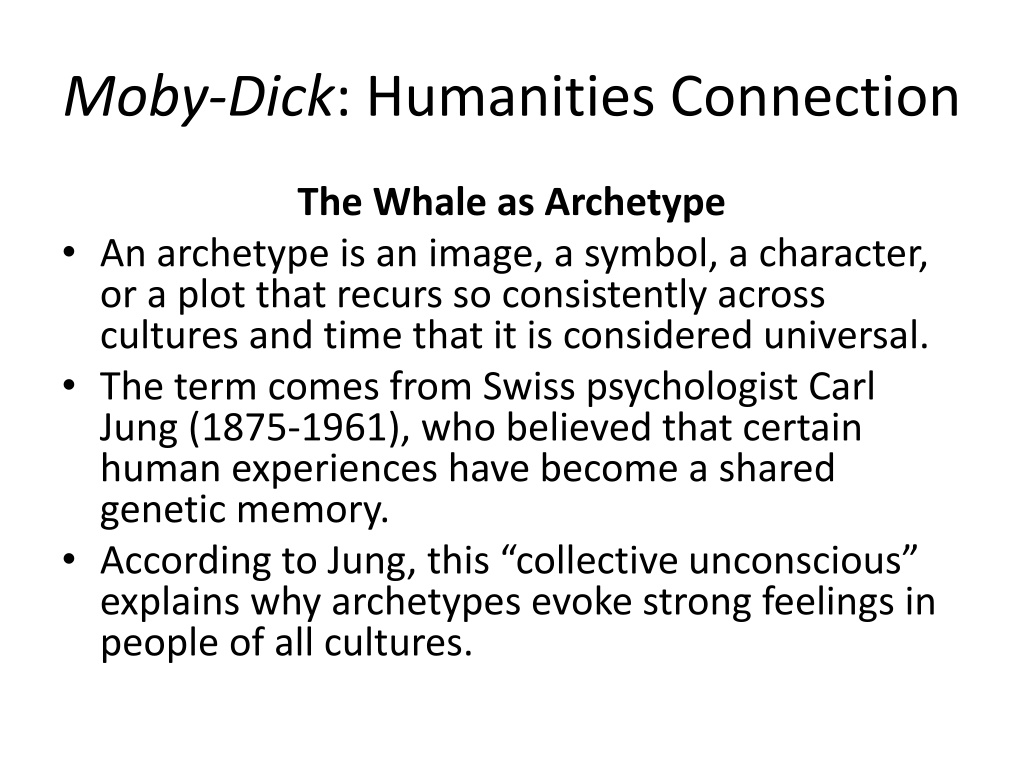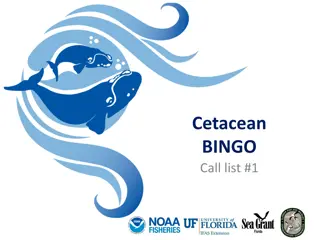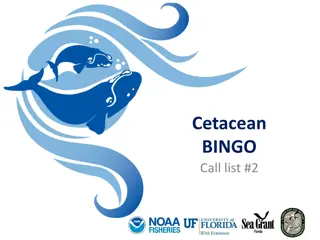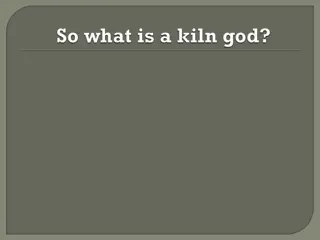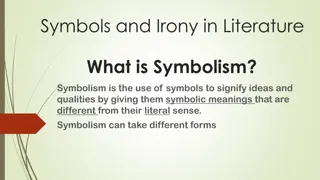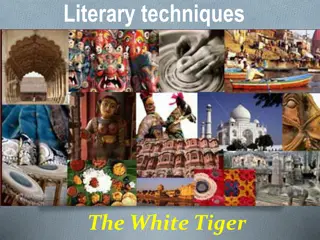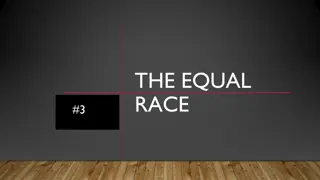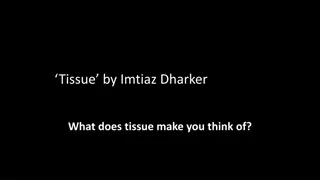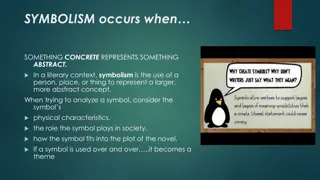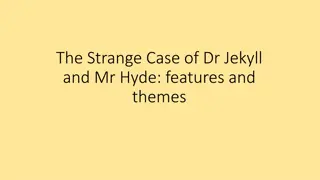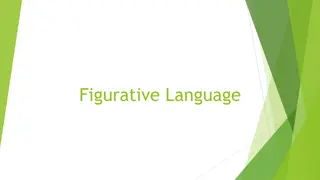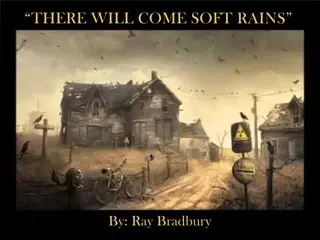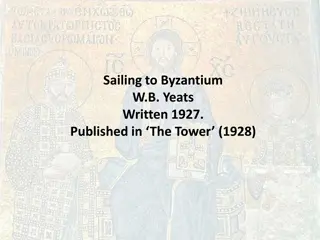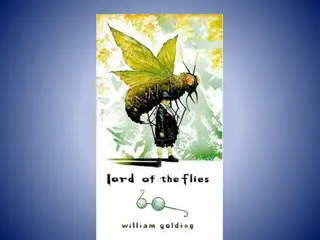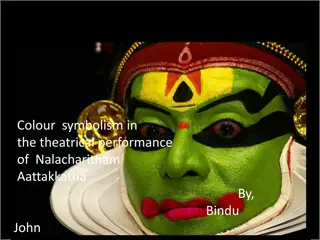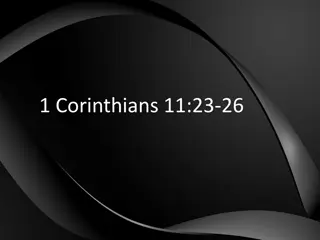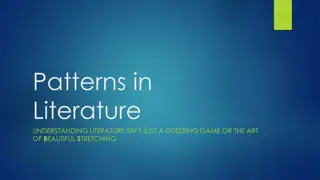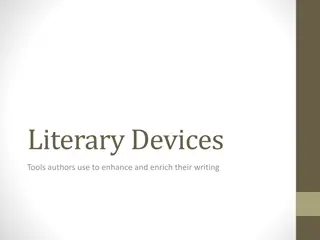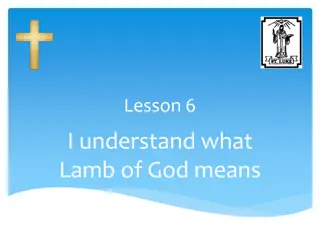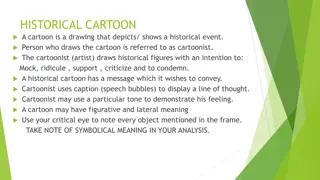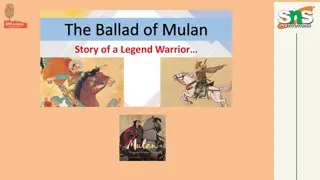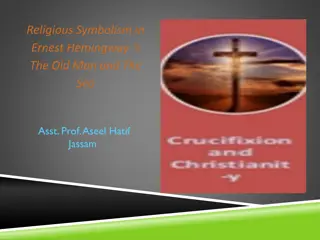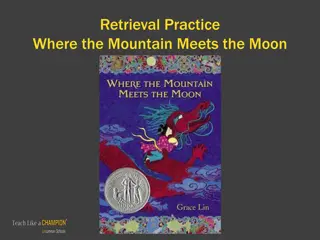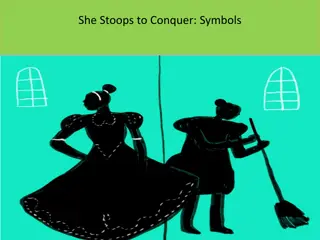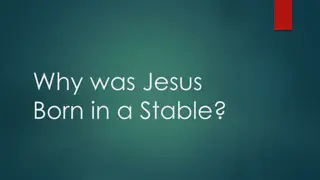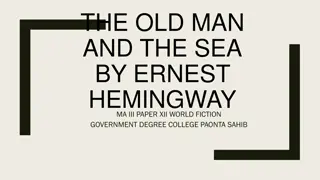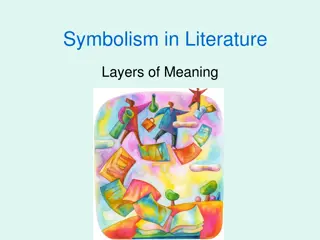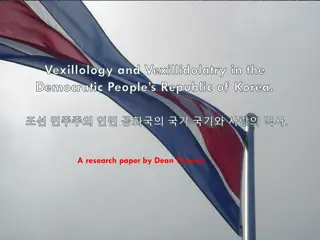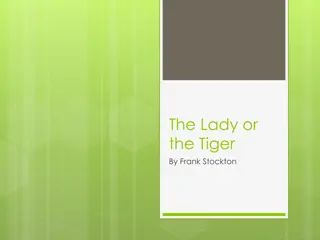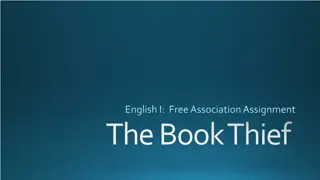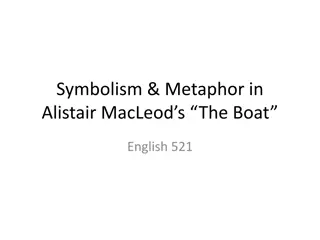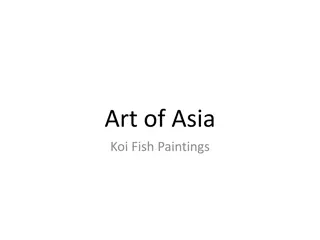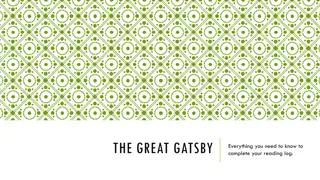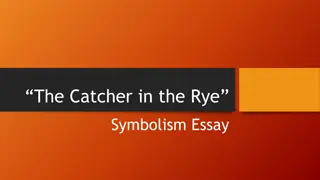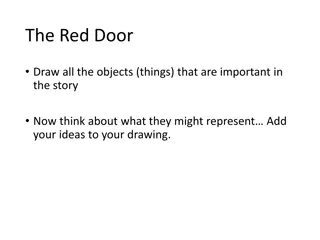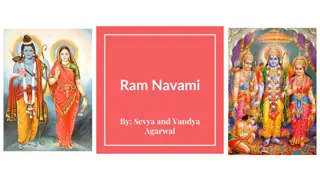Exploring the Archetypal Symbolism of the Whale in Moby-Dick
The concept of the whale as an archetype, deeply rooted in human consciousness, is examined through the lens of Moby-Dick. The symbolic significance of the whale, drawing on mythology and literature, captures universal themes of fear, awe, and nature's power. Delving into the literary analysis of Moby-Dick reveals intricate connections between characters and symbolic elements, inviting readers to ponder the profound depths of meaning within Melville's masterpiece.
Download Presentation

Please find below an Image/Link to download the presentation.
The content on the website is provided AS IS for your information and personal use only. It may not be sold, licensed, or shared on other websites without obtaining consent from the author. Download presentation by click this link. If you encounter any issues during the download, it is possible that the publisher has removed the file from their server.
E N D
Presentation Transcript
Moby-Dick: Humanities Connection The Whale as Archetype An archetype is an image, a symbol, a character, or a plot that recurs so consistently across cultures and time that it is considered universal. The term comes from Swiss psychologist Carl Jung (1875-1961), who believed that certain human experiences have become a shared genetic memory. According to Jung, this collective unconscious explains why archetypes evoke strong feelings in people of all cultures.
The whale had many appearances in myth, folklore, literature, and art well before Melville used it as a central symbol in Moby-Dick. Perhaps the most famous is the Biblical tale in which Jonah is swallowed by a whale and then cast ashore. Because the whale is the largest of all animals, its image evokes fear and awe, as well as a sense of the power of nature. In Moby-Dick, Melville used these archetypal associations to create fiction of enduring power.
Journal Writing Prompt Do you think modern readers react with fear and awe to the image of a whale? Explain. Does this illustration seem like a realistic rendering of an actual situation? Explain.
Literary Analysis 1. What does the wind symbolize to Ahab? 2. What symbolic meaning do you find in the comparison between Ahab and the mast? 3. What symbolic meaning is suggested by the description of the whale s behavior as he breaks the water s surface? 4. What symbolic connection between his own body and the boat does Ahab seem to feel? 5. What is symbolized by the red flag streaming out from Tashtego?
